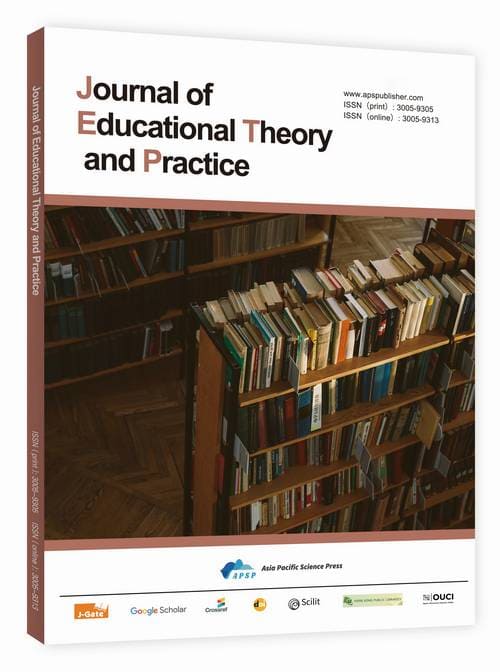Immersive Mechanisms and Optimization Pathways in Social Games: A Case Study of “Script Murder”
DOI:
https://doi.org/10.62177/jetp.v2i3.584Keywords:
Immersion, Game Dissemination, Script Murder, Social InteractionAbstract
Social games such as “Script Murder,” “Werewolf Murder,” and “Escape Room” leverage immersive capabilities to form a youth community communication model centered on human perception and facilitated through game interaction. This paper takes “Script Murder” as an example to attribute the generation of immersion in social games to the triple efficacy of scene mechanisms, intertextual mechanisms, and feedback mechanisms. Based on this, it examines the potential social alienation manifestations of immersive games, aiming to provide sustainable optimization paths for immersive social games.
Downloads
References
Adams-Price, C., Cordlin, J., Goodman, M., Kern, K., Craneman, C. M., Oppenheimer, B., Ray, R., Roberts, P., Smith, P., & Zhao, J. (2008). Empathy and resonance with Meryl Streep. World Cinema, (1), 140–150.
Che, M. (2011). A comparison of Goffman and Merrowitz's “scenario theory”. International Journalism, *33*(6), 41–45. https://doi.org/10.13495/j.cnki.cjjc.2011.06.016
Collins, R. (2009). The ritual chain of interaction (Lin J., Wang P., & Song L., Trans.). Commercial Press.
Csikszentmihalyi, M. (2015). Creativity: Flow and the psychology of innovation (Huang J., Trans.). Zhejiang People's Publishing House.
Guo, Q. (2011). Communication studies tutorial. China Renmin University Press.
Hebdige, D. (2009). Subculture: The meaning of style (Lu D. & Hu J., Trans.). Peking University Press.
Imna, R. (2018). Performing real life: The process, techniques, and performance of drama therapy (Xu L. & Bie S., Trans.). Beijing Normal University Press.
Levinson, P. (2007). Levinson's essentials. China Renmin University Press.
Li, Q. (2013). A study on the formative characteristics of immersive communication. Modern Communication, *35*(2), 116–119.
Turkle, S. (2010). Group loneliness (Zhou K. & Liu J., Trans.). Zhejiang People's Publishing House.
Yu, G., & Yang, Y. (2018). Participation, immersion, feedback: The three elements of effective communication in the surplus era. China Publishing, (8), 16–22.
Zhang, L., & Liu, N. (2021). Intertextual narrative and sensory reconstruction: Characteristics of news texts in the era of converged media. Modern Communication, *43*(9), 91–97.
Zhang, L., & Zhang, Y. (2021). An exploration of gamified narrative in suspense works. China Television, (11), 69–72.
Zhou, Q., & Zeng, Y. (2021). Collective action and ritualistic frenzy in the era of group communication. Modern Communication, *43*(3), 154–159.
Downloads
How to Cite
Issue
Section
License
Copyright (c) 2025 Sufan Qiu

This work is licensed under a Creative Commons Attribution-NonCommercial 4.0 International License.

















